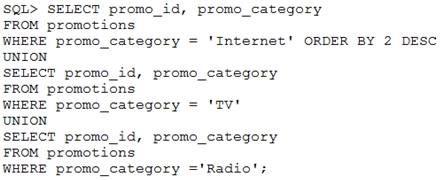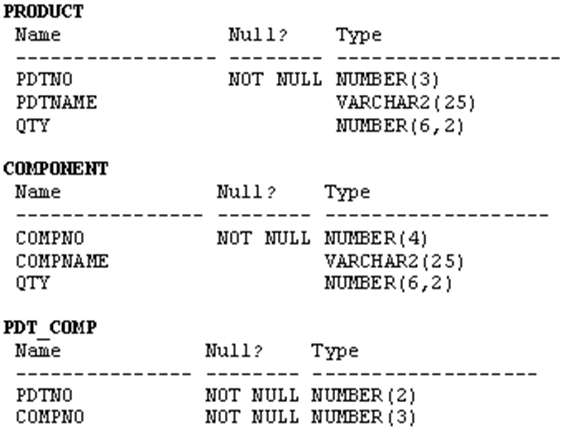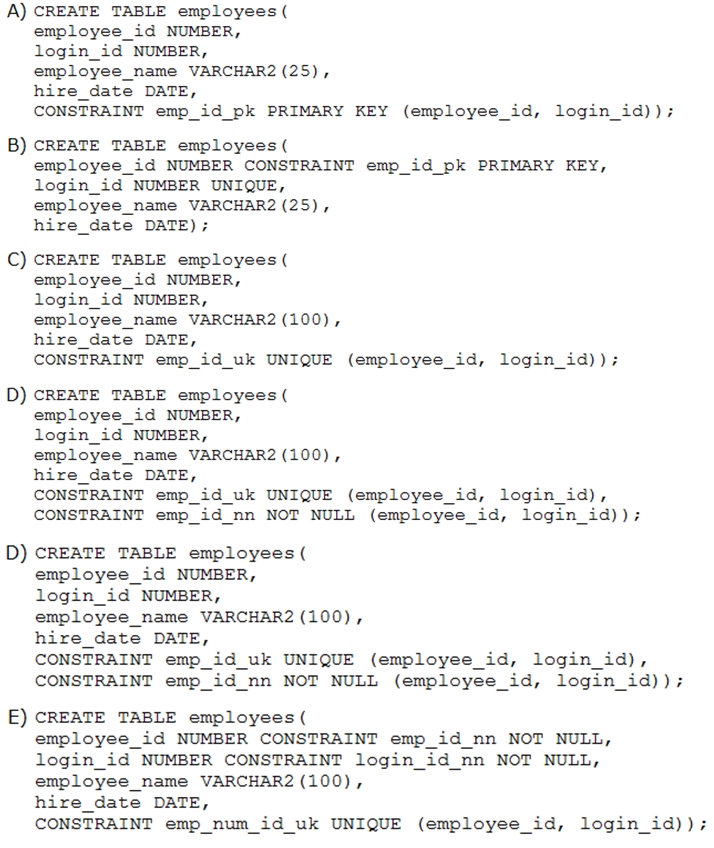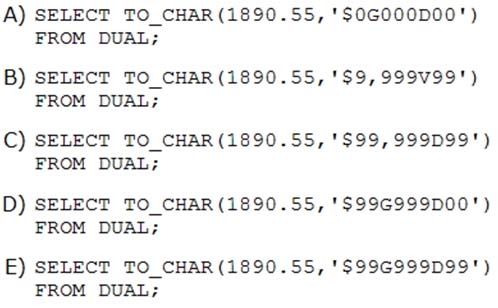Oracle Database 12c SQL Fundamentals
Here you have the best Oracle 1z0-061 practice exam questions
- You have 86 total questions to study from
- Each page has 5 questions, making a total of 18 pages
- You can navigate through the pages using the buttons at the bottom
- This questions were last updated on March 28, 2025



